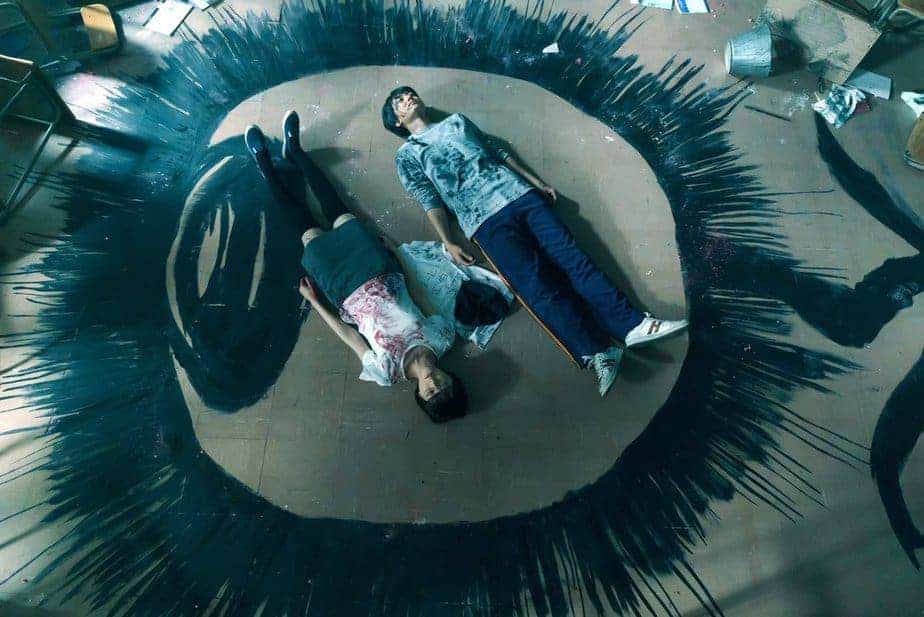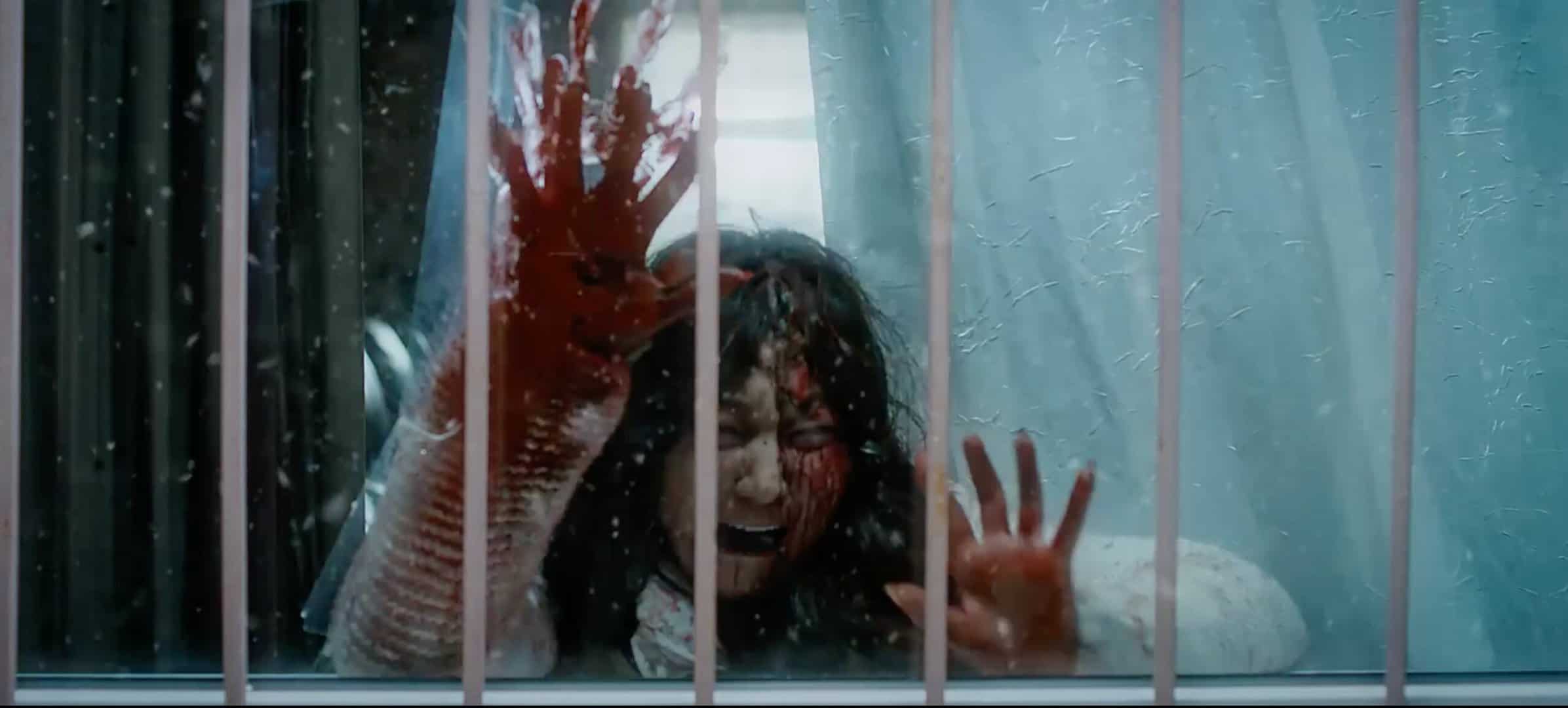Following years of directing music videos and shorts, Taichi Kimura unleashes his impressive first feature film, “Afterglows.” Shot in black and white, the film also features a screenplay by the trio Ryosuke Asano, Takuma Hiramatsu, and Yasuhiro Kim. The movie had its international premiere at the Japannual Film Festival.
Check also this interview
Cab driver Akira Morishima is grief-stricken following the death of his girlfriend, Sayuri Komatsu, a successful singer who tragically committed suicide. While on the job, he listens to a radio essay named “Afterglows,” which prompts him to reflect on memories with his deceased lover. Yet, while Akira desperately tries to move on with his life, his obsessions become more depraved, and his grip on reality loosens. Eventually, his life spirals out of control.
While its narrative and stylistic choices may seem familiar, “Afterglows” is still full of surprises. It does a good job with its psychological drama, and boldly tackles the topic of mental health. The audience is pulled into the head of the movie's troubled main character, who progresses from a relatable everyman to a ticking time bomb ready to explode. The beginning intentionally misleads the audience into the possibility of a growth story while overcoming tragedy. Yet, viewers gradually realize this is a nightmarish tale of obsession, and with that descent into insanity, reality becomes more twisted, as does Akira's morality. Eventually, we wonder what is real or mere fabrication. His growing depravity is certainly not helped by the speculation surrounding his lover's suicide in tabloid news or one of his passengers bearing a striking resemblance to his deceased girlfriend. The film is also not afraid to occasionally shock audiences with brutal violence.
Depicting Akira Morishima's fall from grace is Kentez Asaka, who truly knocks it out of the park. He brings many emotions to his role, making this troubled man feel like a real individual. His interactions with other characters have a distant, almost alienated feel, greatly helped by the actors performing opposite Asaka, such as a restaurant regular named Toshihiko Hakamada, played by Akira Koieyama. Another impressive performance comes from Megumi as Akira's girlfriend, Sayuri Komatsu, and the woman who resembles her, Chisayo Nagayama. The same person plays both characters, yet they feel like two completely different people.
Like the performance of the lead, the atmosphere is an essential component of the movie's descent into madness, and “Afterglows” succeeds in droves. Tokyo is just as prominent a character as Akira Morishima, having a dreamlike feel from start to finish, going from heavenly to nightmarish. Beautiful lighting and Seiya Uehara's gorgeous cinematography help further invoke that dreamy feel, along with the transcendent music by Thomas Yardley, ZAKINO, and Hiroyuki Onogawa.
“Afterglows” is a commendable first feature by Taichi Kimura. It's impressively directed and makes for a terrifying yet engaging look into the mind of a disturbed individual haunted by past tragedy. The film's highlights are the immersive atmosphere and the stellar performance from Kentez Asaka.















